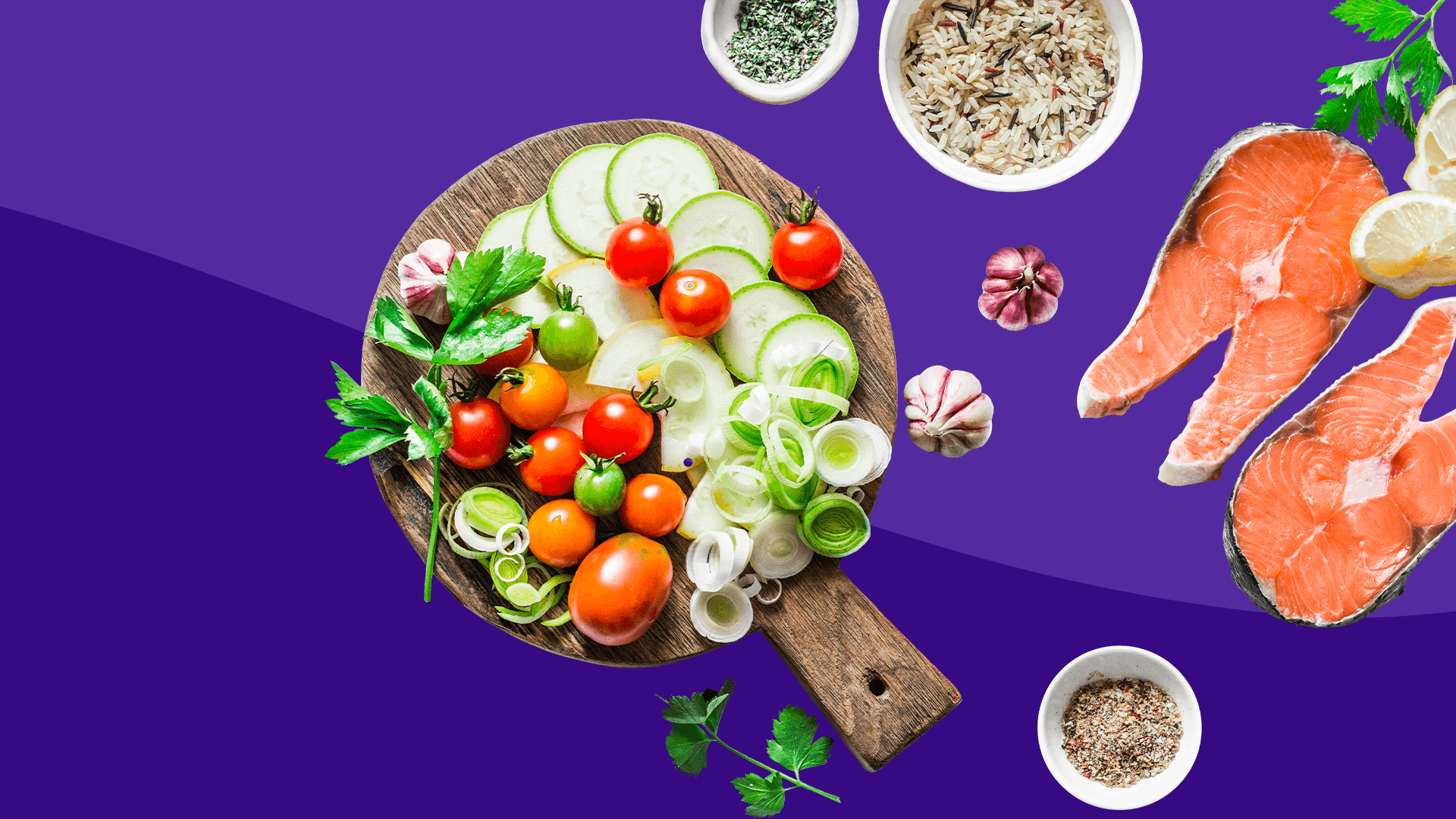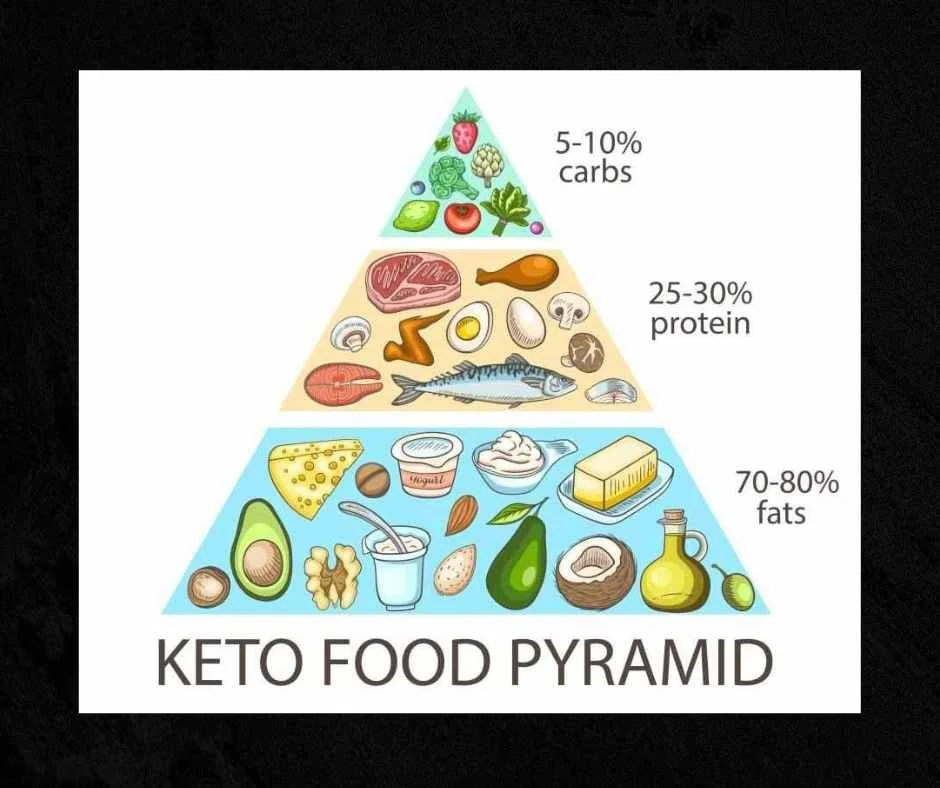Rice Milling and Processing
Through the rice milling stage, rice grains transfer via a multifarious process. It is really ushered by way of a number of sorting machines, whereby the grains are sufficiently processed.
Why is milling crucial?
Due to the fact rice is not healthy for human use in its raw sort, i.e. paddy, the will need for processing occurs. As such, milling is a essential write-up-creation move whose single-most important aim is to acquire it in its edible form, free from impurities.
Preferably, rice milling will involve the removal of husk and bran to make an edible white rice kernel that is not only adequately milled but is edible way too.
As for each the buyer need, processed rice need to have a selected minimum selection of damaged kernels. Let’s choose a closer appear at rice kernel composition:
Typically, rice kinds are composed of about 11% bran layers, 20% rice hull/husk and 69% starchy endosperm, which is also referred to as whole milled rice.
With different durations, there are approximately 3 different procedures involved in the milling, particularly one move course of action, two-phase procedure and multi-stage method.
Single Action Milling: Under this course of action the husk and bran levels are taken off in a single go.
Two-move Milling: Bran and husk are eliminated individually in two various configurations.
Multi-stage Milling: Under this system, paddy is ushered through a selection of distinctive processes. The objective of this procedure is to reduce mechanical strain and stop heat buildup within the grain. This makes certain that there is no grain breakage and uniformly polished grains are generated.
The various actions involved in the method of multi-phase rice commercial milling are:
1. Paddy Pre-cleansing: This course of action in essence eliminates undesired international products these types of as unfilled and uneven grains, impurities, sand, straw, clay, etc. Rice is passed by way of a sequence of aspiration programs and sieves.
2. Paddy De-stoning: Se-stoning is the procedure of separating rice grains from stones. This process performs on the theory of gravity wherein the rice, staying lighter stones, fluidizes into air gradient, leaving driving the heavier stones.
3. Paddy De-husking/dehulling: Primarily based on centrifugal basic principle, dehusker device eliminates the husk layer from paddy.
4. Paddy separation: As in comparison to a paddy, the surface of rice is smoother. This big difference in texture is made use of to separate brown rice from paddy.
5. Rice Whitening: Rice whitening is the removing of bran and germs from brown rice by way of an successful aspiration method
6. Rice Sprucing: This stage will involve the removal of the remaining bran particles and then sprucing the exterior of kernel by a humidified rice polisher.
7. Rice Length Grading: In the course of this approach, the damaged rice is eliminated from the entire rice, and compact and massive head brokers are separated from the head rice.
8. Rice Mixing: In this course of action, head rice is mixed with predetermined sum of brokers, as for every customers’ specifications.





